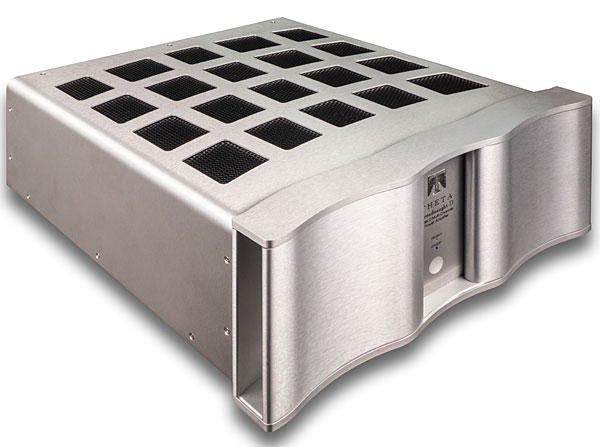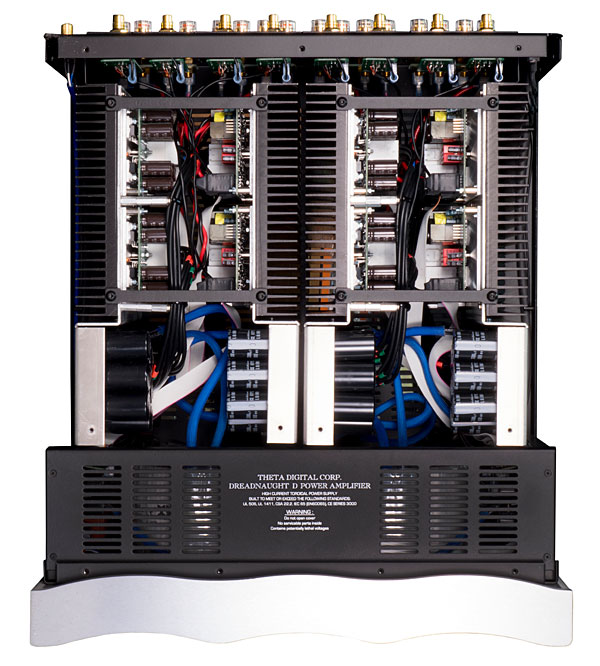| Columns Retired Columns & Blogs |
It seems that finally class-D technology can outperform low efficient class-A circuit designs. That would be a real innovation compared to mere pseudo-innovations or chassis-styling 'innovations' for amplifier designs. How would you classify the Equibit technology introduced by TacT Audio in their Millenium amplifier. Is the topology comparable with Ncore?










































